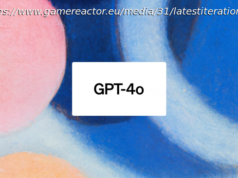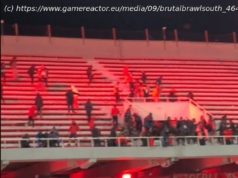âApart from mocking everything up one of the most important things that we do in a game like Hitman is making life, making drama situations as we ca
The hide-in-plain-sight gameplay of the Hitman series mean its level designers are faced with a unique challenge whenever creating one of the game’s sprawling sandboxes: How do you design believable everyday life?
It’s a topic IO Interactive’s Mette Podenphant Andersen took some time to explore at the Game Developers Conference in San Francisco, and one that benefits from some concepts and language that got their start in social anthropology.
The two most recent games in the Hitman franchise were a light gameplay reboot for the series and aimed to capture the freeform sandbox gameplay that had powered the 2006 release Hitman: Blood Money. While taking that approach gave players more freedom than 2012’s semi-linear Hitman: Absolution, leaning into that freedom tasked IO Interactive’s level design team with taking different design approaches altogether.
“It starts and ends with level design,” Andersen offers as a motto picked up from a producer.
Because of the nature of the game, Andersen says that Hitman’s level designers are involved with so many other aspects of development. “We touch everything at some point,” she says, and this sees her and other designers working closely on everything from environmental art to final “janitorial” passes through the finished level to make sure everything goes to plan.
“Apart from mocking everything up one of the most important things that we do in a game like Hitman is making life, making drama situations as we call them,” she says. “We borrow a little bit from the world of theater.”
It’s a task that was in near perfect form in the episodic Hitman (2016)’s Sapienza level, so much so that she says the reviews for that highly praised level spent more time talking about the city’s characters, scenery, and small background moments rather than the actual assassination mission itself.
“When I looked at the reviews, everything they seemed to talk about didn’t have anything to do with the mission. They were all describing how it felt to just be there,” she says.






